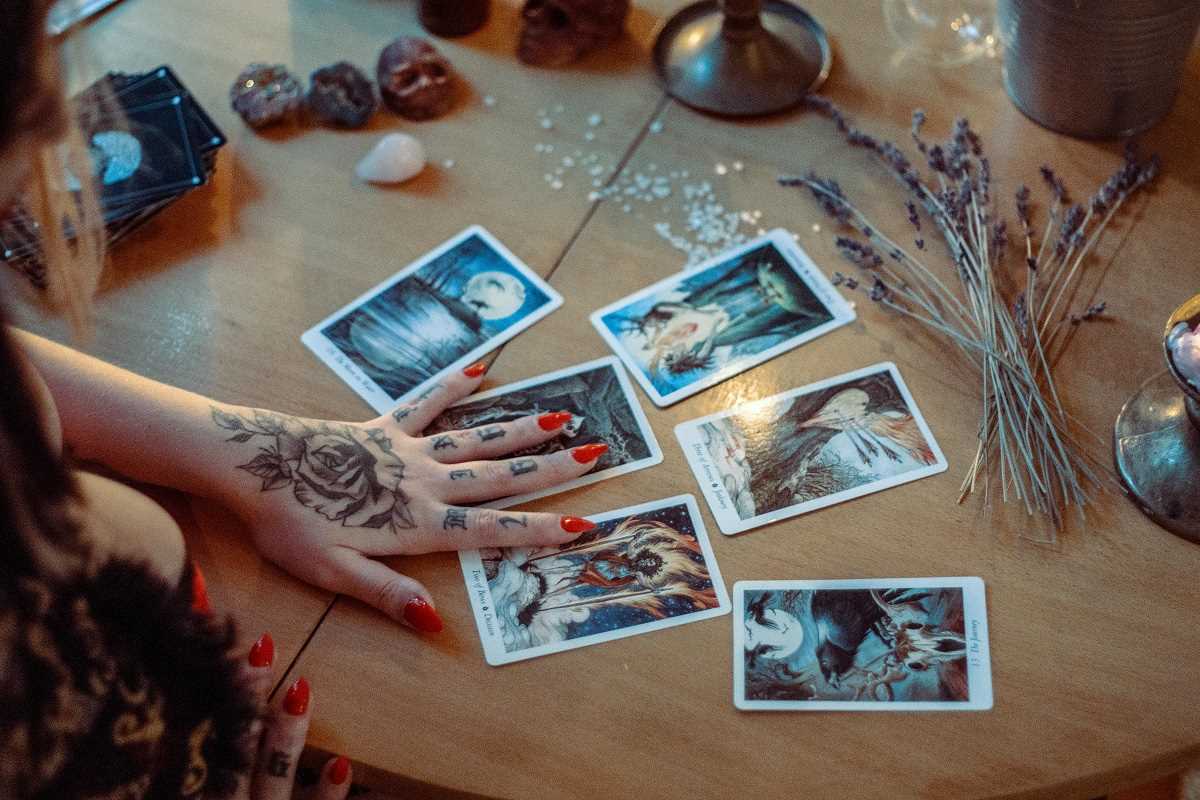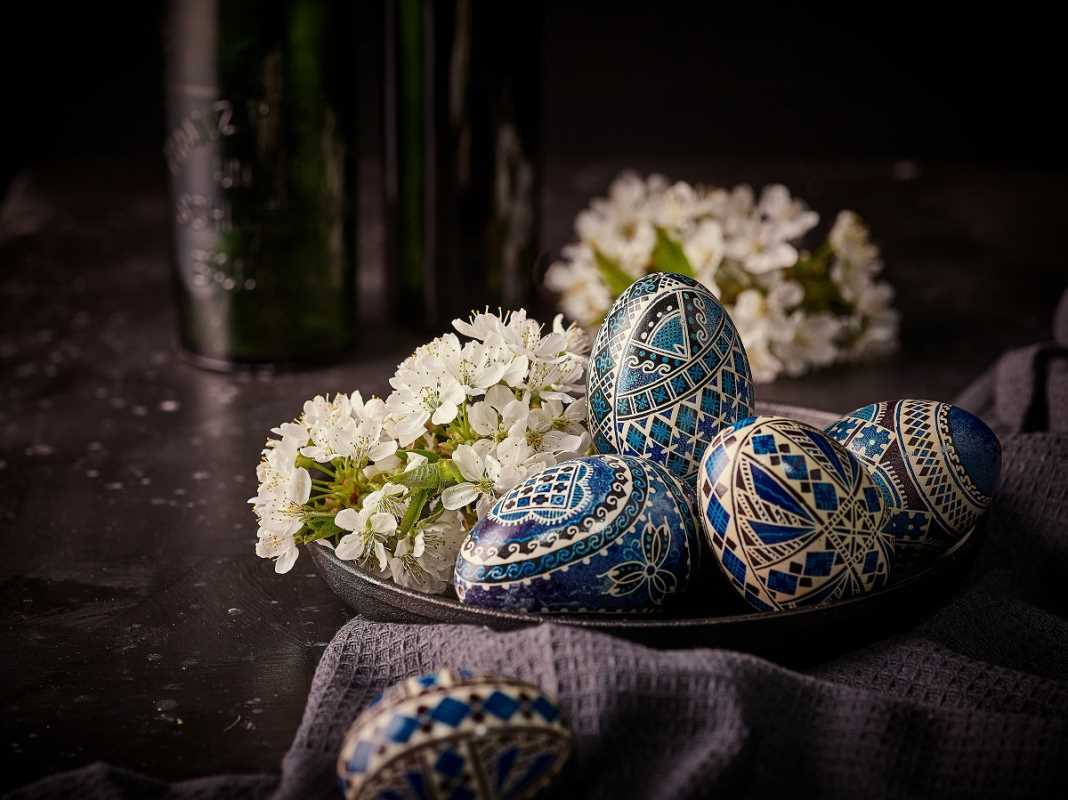For centuries, tarot has captivated the imagination with its evocative imagery and symbolism. It has been used as a tool for divination, self-reflection, and spiritual insight. But did you know that tarot can also ignite your creativity as a storyteller? Combining tarot and writing offers a unique way to unravel new ideas, deepen emotions in stories, and uncover unexpected twists. Whether you’re mapping out your next novel or combating writer’s block, tarot provides endless possibilities for creative storytelling.
This guide will explore how tarot cards can inspire your writing and take your storytelling to imaginative new heights. You’ll learn to analyze cards for character development, craft plots using spreads, and incorporate tarot into your writing routine.
Why Use Tarot for Storytelling?
Every story needs characters, conflict, and a central theme. Tarot, with its 78 richly symbolic cards, resonates deeply with the human psyche, offering narratives and archetypes that work magnificently in crafting these elements.
Here’s why tarot and writing make a perfect pair:
- Visual Inspiration: The imagery on tarot cards provides evocative prompts that are ideal for brainstorming plotlines or visualizing scenes.
- Archetypal Ties: Many tarot cards align with universally recognized archetypes, like The Fool for new beginnings or The Tower for upheaval. These archetypes can inform character arcs and thematic depth.
- Unconventional Directions: Tarot spreads encourage nonlinear thinking, helping you discover surprising angles and resolve creative blocks.
- Intuitive Connection: Writing can feel mechanical at times—but tarot invites intuition, allowing your subconscious to guide your storytelling.
With tarot as your creative guide, each card becomes a doorway into new worlds, characters, and ideas waiting to spark your next story.
How to Use Tarot Cards to Craft Compelling Stories
Tarot cards can be woven into your storytelling process in various ways. From shaping characters to outlining an entire plotline, the possibilities are as vast as your creativity.
1. Develop Complex Characters
A captivating story begins with compelling characters. Tarot cards provide a unique framework for exploring their motivations, conflicts, and dimensions.
Step 1: Choose a Card to Represent a Character
Draw a single card from the deck to symbolize your character. For example:
- The Fool could represent an adventurous, naive protagonist starting a bold new quest.
- The High Priestess might represent a mysterious scholar with hidden knowledge.
Step 2: Ask the Cards Questions to Flesh Out Details
Pull additional cards to uncover deeper insights into your character’s backstory, personality, or inner struggles. Use open-ended prompts like:
- What is this character’s greatest fear?
- What motivates them to achieve their goals?
- What hidden trait defines their personality?
For instance:
- Drawing The Five of Pentacles for their past might indicate that they’ve experienced loss or hardship.
- Pulling The Knight of Cups for their drive could suggest romantic or idealistic motivations.
Step 3: Create Character Relationships
To explore relationships between characters, try pulling two cards and imagining how their energies interact. For example, if one character is represented by The King of Wands and another by The Page of Swords, their dynamic might revolve around mentorship, conflict, or differing goals.
2. Outline Plotlines with Tarot Spreads
Tarot spreads are layouts of cards designed to explore questions or themes. You can adapt these spreads to outline your story structure, develop conflicts, or resolve dramatic arcs.
Three-Card Spread for Story Structure
The classic three-card spread works beautifully for the main components of a story:
- Card 1 (Beginning): What is the protagonist’s starting point or situation?
- Card 2 (Middle/Conflict): What obstacles or challenges will they face?
- Card 3 (Resolution): Where will the story ultimately lead?
Example Spread:
- The Magician (card 1) suggests the protagonist begins feeling empowered and resourceful.
- The Tower (card 2) foretells unexpected upheaval or a moment that shatters their worldview.
- The Star (card 3) reflects renewal, hope, and new dreams following conflict.
The Hero’s Journey Spread
For more intricate plotting, adapt your spread to align with Joseph Campbell’s "Hero’s Journey" structure:
- Protagonist’s world before the story
- The call to adventure (challenge or conflict)
- The mentor figure or guide
- Trials or tests faced
- The ultimate climax or transformation
- The resolution and return to normalcy
Use the meanings of the drawn cards to shape pivotal events in your story.
Conflict Resolution Spread
Stuck on how to resolve a particular story point? A five-card “Conflict Resolution Spread” may help:
- The root of the conflict.
- External factors influencing it.
- The protagonist’s internal response.
- The turning point.
- The outcome.
This approach often uncovers surprising solutions or character growth opportunities.
3. Explore Themes and Symbolism
Themes give stories depth and cohesion, and tarot cards are naturally imbued with rich symbolic meaning.
Step 1: Shuffle the Deck and Draw a Theme Card
Pull one card and use its message as a guide for your story’s overarching theme. For example:
- Strength might inspire a story about resilience and taming one’s inner demons.
- The Lovers could frame your narrative around duality, choices, or relationships.
Step 2: Build Scenes with Symbolism
Find ways to incorporate the imagery of your chosen theme card into your story’s tone.
For example:
- The Wheel of Fortune could inspire repeating motifs like cycles or clocks.
- Death might manifest symbolically through seasonal changes (e.g., autumn leaves signaling transition).
4. Incorporate Tarot Into Your Writing Routine
To deepen your creative connection with tarot, make it a part of your daily writing practice.
Morning Writing Prompts
Start your day by drawing a tarot card and writing a short creative piece based on its imagery. Maybe you describe the scene depicted on the card or invent a story about the figure on it. This warm-up exercise can jumpstart your imagination.
Overcoming Writer’s Block
When stuck, shuffle your deck and ask, “What direction should I take this story?” Allow the card drawn to guide your next step.
Keep Tarot in Your Creative Space
Place a few cards that resonate with your story’s themes in your writing area. Their presence serves as inspiration when you sit down to work.
Use Tarot for Self-Reflection
Journaling with tarot between writing sessions can help you reflect on your creative process. Ask questions like:
- What is blocking me creatively?
- What energy should I focus on for inspiration?
Tips for Interpreting Tarot for Storytelling
If you’re newer to tarot, interpreting cards for storytelling may feel intimidating—but with practice, it will become second nature.
- Use Your Intuition: Instead of rigidly memorizing meanings, explore what the card’s imagery evokes for you. Every detail, from the colors to the symbols, can spark ideas.
- Keep a Tarot Journal: Write down the spreads you use and the interpretations that arise during your sessions. This creates a resource you can revisit for inspiration.
- Pair Cards With Existing Ideas: If you already have plotlines or scenes in mind, use tarot to develop them further by pulling clarifying cards or exploring additional layers of meaning.
 (Image via
(Image via





